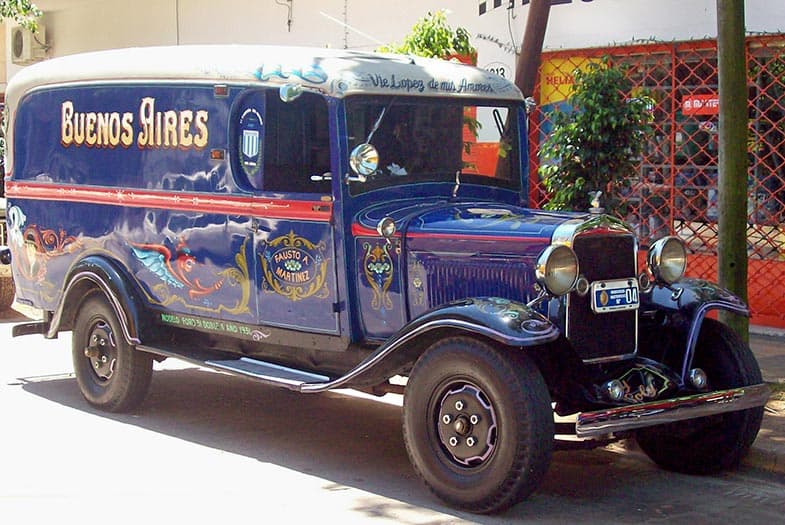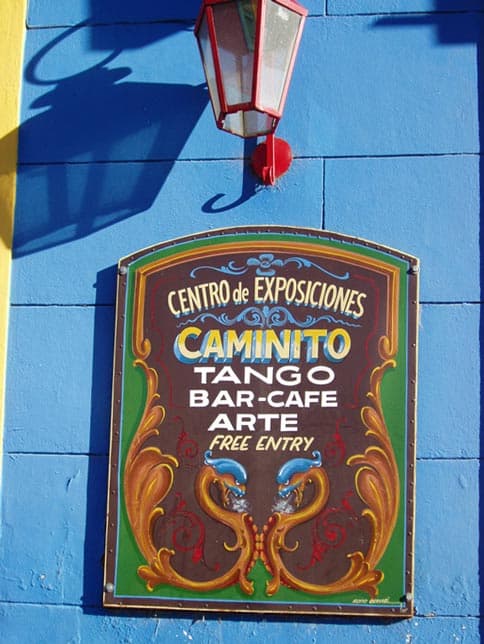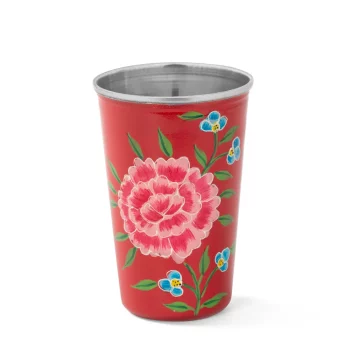Before the rise of the printing press in the 15th century, all printed communication in the world was done by hand. The process of reproducing letters was an art that demanded great skill and patience, and the production of a manuscript could take years.
With Guttenberg’s invention, letterpress became established as a printing process, allowing books to spread much more quickly. Calligraphy started increasingly to become overshadowed. Later, typewriters and computers made hand-drawn letters practically disappear from everyday life.
Fortunately, in some countries in Latin America and Asia, this type of writing remained a minority, mainly among the more modest population.

Street signage in Mexico
A great example of this is the signage of small shops and street vendors in Mexico. Its colourful and inventive aesthetics can be easily seen with a stroll through the streets of the popular neighbourhoods. Mixing freehand calligraphy, drawing and illustration, the work of sign-makers decorates the walls and windows of butcher shops, hardware stores, taquerias, bars, as well as the many street food stalls throughout the country. Among the best known artists are Arturo Bautista Chávez, Eduardo Montes Robles, la Mexicana de Rotulación, etc.
Over the years, designers and visual collectives began a movement to reclaim this technique, both for its popular roots and its importance in the visual culture of the country. A few months ago, citizens showed their discontent with the controversial campaign by the city council to erase the signs of street stalls. An Instagram filter was created called #ElRótuloSíEsArte, which virtually reproduces them.

Moreover, Time Out Mexico magazine, together with an advertising agency, launched a counter-campaign to re-print the signs in a magnetised material, which literally can stick to the metal street stalls, as the ordinance never stated otherwise. Some Instagram accounts, such as “Re.Chida” or “Rótulos Chidos” collect an incredible variety of commercial signs, while reminding us of their importance in the everyday life of Mexicans.
The Argentinian fileteado

Another great example of calligraphy as an artistic expression is the so-called fileteado porteño. It is a traditional painting and drawing technique that was born in Buenos Aires at the end of the 19th century as an ornament to embellish cars, trucks and urban buses, also called colectivos. The word “filete” derives from the Latin “filum”, which means thread, and it refers to the decorative lines that turn into spirals and lace ornaments, one of the most present characteristics in this style of decorative painting.

The 1960s and 1970s marked the golden age of fileteado, as a large part of the city’s public transport was painted with this technique. From 1975 onwards it fell into decline due to a law banning it, on the grounds that it caused confusion for passengers when reading the bus numbers and routes.
The current renaissance of fileteado is due to the fact that younger artists gradually looked for new media in which to display it. Thus they came to be seen on signs and walls of shops, on clothes, on advertising material, etc. Its use spread exponentially, to the point of becoming an important part of the city’s visual signage. In 2015 it was included in the list of Unesco’s Intangible Cultural Heritage List.
The extravagant “truck art” in India
Finally, we could not finish writing this post without mentioning the fantastic work of so-called “truck art” in India. Trucks play a major role in the country’s freight transport, with approximately 8.5 million vehicles. They travel endless kilometres and are on the road for several weeks.
So it should come as no surprise that the drivers turn the trucks into their homes and places of religious worship, going to great lengths to beautify them. They paint and decorate the vehicles with an extravagant amalgam of slogans, colours, decorative patterns and countless symbols to help them communicate on the road.
Initially, bright and saturated colours such as yellow, orange and red are used as the basis of the paint. No dark colours are visible. Safety messages for the use of the horn or dipped headlights at night are inscribed on the rear and sides. Finally, icons or symbols are painted and one of the most commonly seen is the eagle. Some say it symbolises speed and precision. Others say it is inspired by the falcon of Guru Govind Ji. We also see divine figures and different visual motifs from the culture, history and beliefs of this country.
Although they vary in different parts of the country, Punjab is the main centre of truck painting. There is an entire industry dedicated to this art form, on which many families depend. Several generations have worked with dedication in this field, transforming trucks in India into an atypical blend of art, visual culture and tradition.









